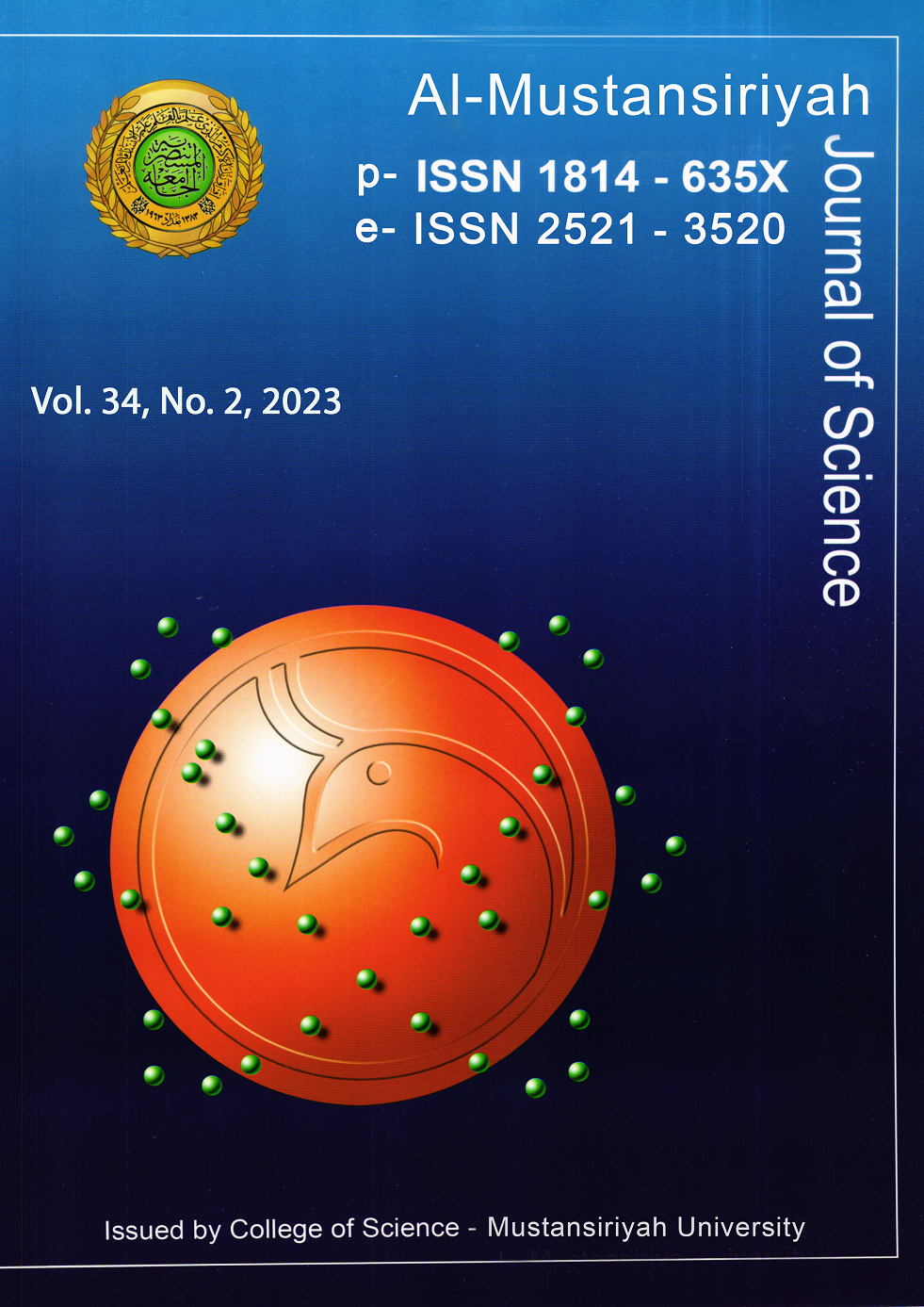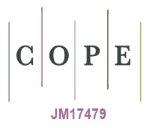Water Harvesting in the Jimin Basin by Using Remote Sensing Techniques and Geographical Information Systems
DOI:
https://doi.org/10.23851/mjs.v34i2.1301Keywords:
Gis, Water harvesting, Hydrology, Jimen BasinAbstract
What is meant by water harvesting is the process of collecting and storing surface runoff water resulting from precipitation to benefit from it for agricultural purposes, feeding underground storage, and providing drinking water for humans and animals. For the basin, especially evaporation, where the number of hours of the solar surface was recorded in two Kirkuk stations (11) hours/day, respectively, and it was recorded in Chamchamal station at about (12) hours/day, while it decreases during the winter months, as it reaches about (5) in Chamchamal station, respectively, while in Kirkuk station reached (6) hours/day, respectively. The highest monthly rates were recorded during the winter months (December) by (66.4, and 66.7%) for both stations (Chemchamal-Kirkuk), respectively. While its lowest monthly rates were recorded during the summer months (July and August), when it reached (24.2%), which can predict the presence of saturated soil, which reduces filtration and leakage after rain falls and generates surface runoff, which can be harvested and utilized from the water. For both stations, they are spatially and temporally dissimilar, as the highest average of their monthly totals was recorded during the winter seasons in Chamchamal station in January and February to (92.9 mm) respectively, then it decreased relatively during December as recorded (90.1 mm). The annual rainfall was recorded in both stations (Chemchamal-Kirkuk) (502.3, 337.7 mm). It is clear from the foregoing that the plant has an important role in the presence of organic matter in the soil, which increases the seepage of falling rainwater and does not generate surface runoff. Therefore, the areas that are characterized by the presence of vegetation can be exploited by applying the harvesting methods designated for such areas that are characterized by water leakage into the ground, and therefore the soil is radiant with moisture, which can be cultivated directly, especially by applying the technology of mountain terraces that works to impede water and increase its seepage into the soil layer, especially These areas are characterized by their height and exposure to soil erosion after heavy rains.
Received: 08/02/2023
Revised: 30/03/2023
Accepted: 05/04/2023
Downloads
References
I. A. Alwan, N. A. Aziz, and M. N. Hamoodi, "Potential water harvesting sites identification using spatial multi-criteria evaluation in Maysan Province, Iraq," ISPRS Int. J. Geo-Information, vol. 9, no. 4, p. 235, 2020.
M. ABDEL-FATTAH, S. KANTOUSH, and T. SUMI, "Integrated management of flash flood in wadi system of Egypt: disaster prevention and water harvesting," B, vol. 58, no. B, pp. 485-496, 2015.
S. Z. Jassim, A. S. Jibril, and N. M. S. Numan, "Gypsum karstification in the middle Miocene Fatha Formation, Mosul area, northern Iraq," Geomorphology, vol. 18, no. 2, pp. 137-149, 1997.
A. N. Strahler, "Quantitative analysis of watershed geomorphology," Eos, Trans. Am. Geophys. Union, vol. 38, no. 6, pp. 913-920, 1957.
V. Kastelic, M. Vrabec, D. Cunningham, and A. Gosar, "Neo-Alpine structural evolution and present-day tectonic activity of the eastern Southern Alps: the case of the Ravne Fault, NW Slovenia," J. Struct. Geol., vol. 30, no. 8, pp. 963-975, 2008.
A. Yazar and A. Ali, "Water harvesting in dry environments," Innov. Dryl. Agric., pp. 49-98, 2016.
H. Allafta and C. Opp, "Spatio-temporal variability and pollution sources identification of the surface sediments of Shatt Al-Arab River, Southern Iraq," Sci. Rep., vol. 10, no. 1, pp. 1-16, 2020.
Q. Shi, "Flood hazard assessment along the Western regions of Saudi Arabia using GIS-based morphometry and remote sensing techniques." 2014.
A. P. H. S. Al-Daghastani, "Water harvesting search in Ninevah governorate using remote sensing data," Iraqi J. Desert Stud. Vol, vol. 2, no. 1, 2010.
N. Koshak and G. Dawod, "A GIS morphometric analysis of hydrological catchments within Makkah Metropolitan area, Saudi Arabia," Int. J. Geomatics Geosci., vol. 2, no. 2, p. 544, 2011.
Downloads
Key Dates
Published
Issue
Section
License
Copyright (c) 2023 Al-Mustansiriyah Journal of Science

This work is licensed under a Creative Commons Attribution-NonCommercial 4.0 International License.
(Starting May 5, 2024) Authors retain copyright and grant the journal right of first publication with the work simultaneously licensed under a Creative Commons Attribution (CC-BY) 4.0 License that allows others to share the work with an acknowledgement of the work’s authorship and initial publication in this journal.






















